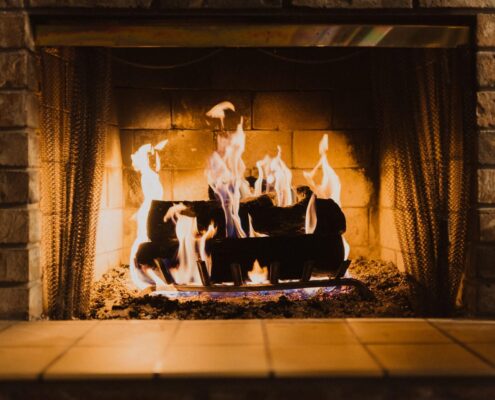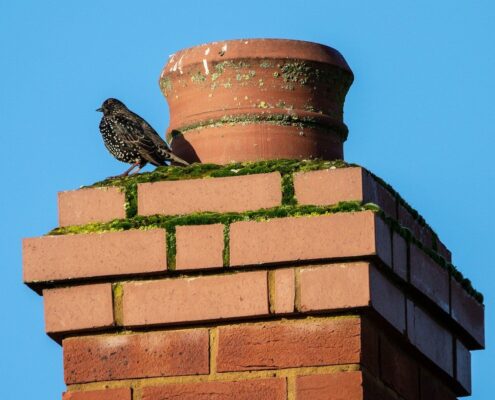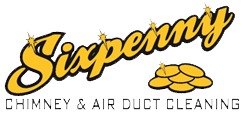Tag Archive for: Northern Virginia Chimney Cleaning

6 Reasons to Avoid Chimney Cleaning Logs & DIY Fireplace Care
/
0 Comments
When money’s tight, homeowners look for savings, and cooling…

5 Signs Your Chimney Is Due for a Cleaning
As fall colors deepen in Northern Virginia, fireplaces roar back…
